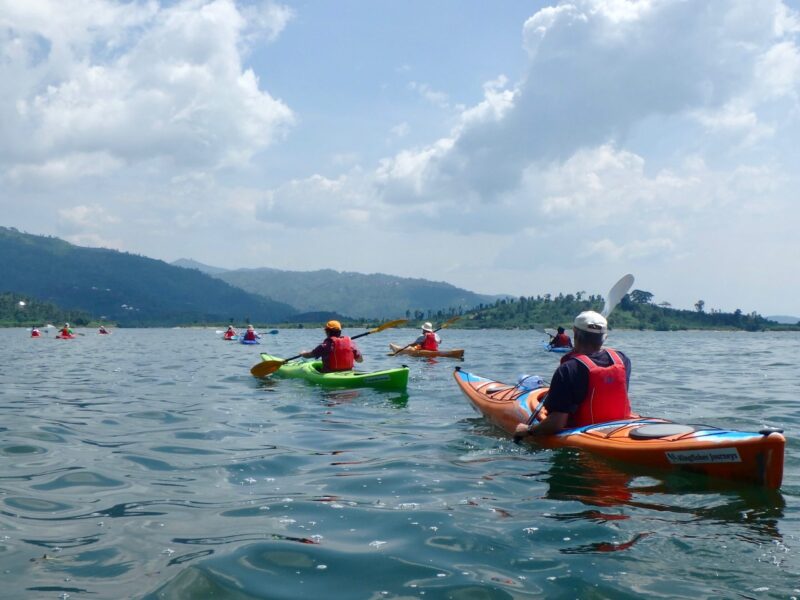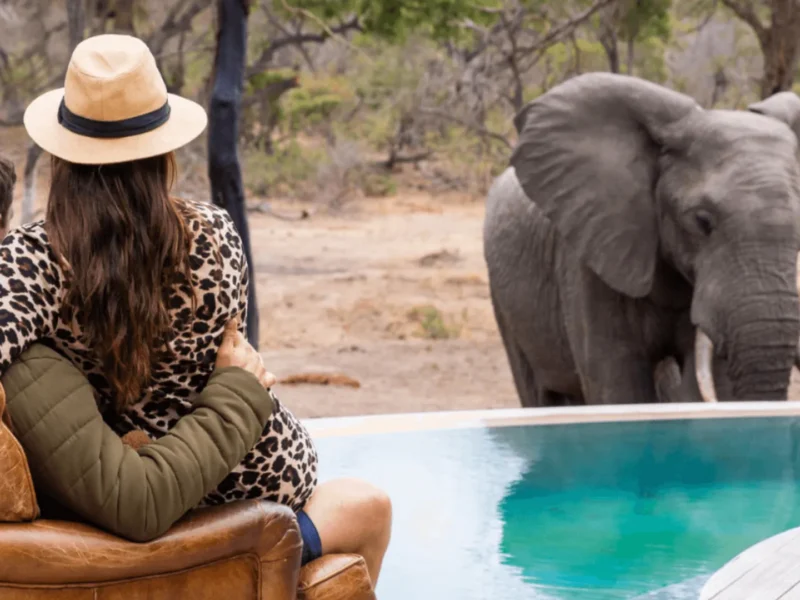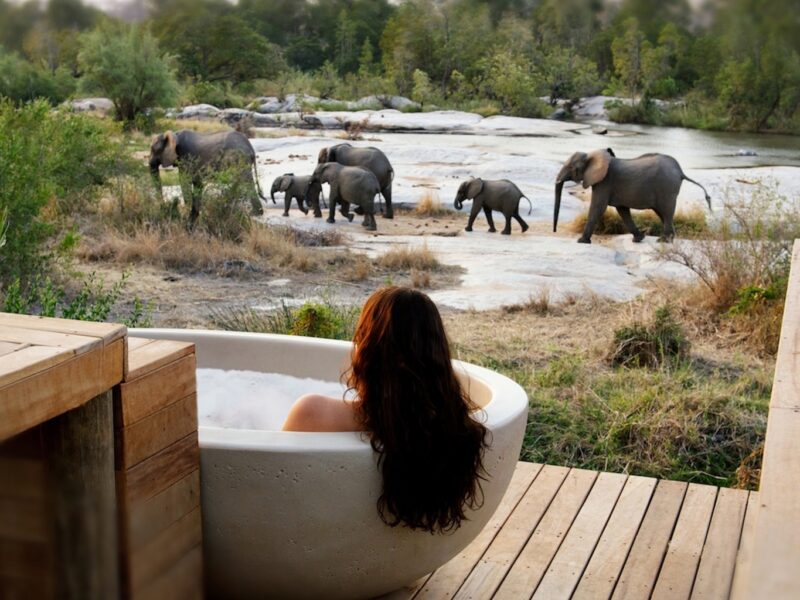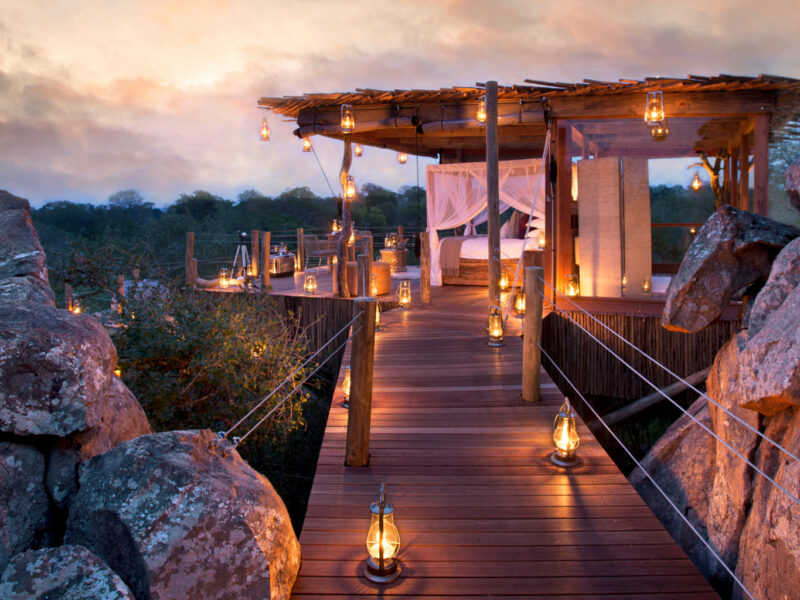When to Visit Rwanda: June
June marks the beginning of Rwanda’s long dry season—a time when the skies clear, trails firm up, and the country opens wide to travelers eager to explore its wild beauty. It’s one of the best months of the year to visit, especially for those seeking optimal conditions for trekking, wildlife viewing, and adventure across Rwanda’s richly diverse landscapes. With mild temperatures, lush green scenery lingering from the rainy season, and minimal rainfall, June strikes a perfect balance between comfort and vibrancy.
Climate and Travel Conditions
June welcomes a steady shift toward cooler, drier weather. Rainfall is scarce, humidity drops, and sunshine becomes a reliable part of each day. Average daytime temperatures range from 22°C to 26°C (72–79°F), with cooler mornings and evenings—particularly in high-altitude areas like Musanze and Nyungwe—where temperatures can dip to 10–14°C (50–57°F). This makes for excellent travel conditions, especially for those who plan to spend time outdoors.
The countryside, still lush from the recent rainy season, is at its most photogenic—rolling green hills under deep blue skies, mist lifting off the volcanoes, and wildflowers dotting the trails. Whether you’re venturing into the forests or cruising along Lake Kivu, June provides reliable weather and visual drama.
Prime Time for Gorilla Trekking
June is one of the most popular and rewarding months for gorilla trekking in Volcanoes National Park. With trails now dry and firm underfoot, trekking conditions are ideal. Visibility in the forest is improved thanks to thinner undergrowth, and the cooler temperatures make the physical exertion of climbing the forested slopes much more manageable.
Because this is the start of peak season, demand for permits is high, so booking in advance is essential. But for those lucky enough to secure a spot, the experience is unparalleled: meeting the gaze of a mountain gorilla family in the golden morning light is a moment that stays with you forever.
Nyungwe Forest and Chimpanzee Tracking
In Nyungwe National Park, June is equally excellent for forest exploration. The dry trails allow for longer and more challenging hikes through one of Africa’s oldest montane rainforests. Chimpanzee tracking becomes more accessible and predictable, as the primates are easier to locate and follow without the disruption of rain.
The canopy walkway—a suspended bridge system that offers sweeping views over the treetops—is especially spectacular during this time, with clear visibility and a symphony of forest sounds all around. Nyungwe’s birdlife also thrives in the cooler weather, making June a wonderful month for birdwatchers hoping to spot Albertine Rift endemics.
Relaxing and Exploring Around Lake Kivu
Lake Kivu is in its element in June. The dry, sunny days invite travelers to relax by the lakeside, swim, or take boat trips to small islands and fishing villages. In towns like Gisenyi and Kibuye, the air is crisp, the views are expansive, and the vibe is calm but vibrant.
June is also a great time for biking or hiking parts of the Congo Nile Trail, which stretches along the lake’s eastern shores and offers dramatic views, cultural encounters, and hidden beaches. For those who want to unwind after the intensity of trekking or forest exploration, Lake Kivu is the perfect contrast—warm, welcoming, and peaceful.
Kigali and Cultural Highlights
The capital city of Kigali enjoys beautifully mild weather in June, ideal for exploring its museums, galleries, cafés, and memorials. The city’s streets are lively but never overwhelming, and it serves as a perfect launching pad for any Rwandan adventure.
Cultural activities are more vibrant during the dry season, with local markets in full swing and artisans showcasing their work. Village visits, cultural centers, and craft cooperatives are easily accessible, and the pleasant weather enhances every interaction.
Travel Tips for June
Book early: June is the start of Rwanda’s high season, so permits for gorilla and chimpanzee trekking, as well as premium lodges, can sell out quickly.
Layer up: While days are warm, mornings and evenings—especially in highland areas—can be chilly. Pack light layers, a fleece, and a good jacket for early treks.
Sun protection: The equatorial sun is strong even on cool days, so don’t forget sunscreen, sunglasses, and a wide-brimmed hat.
Stay hydrated: The dry air and higher altitudes can cause dehydration more quickly, especially when hiking.




